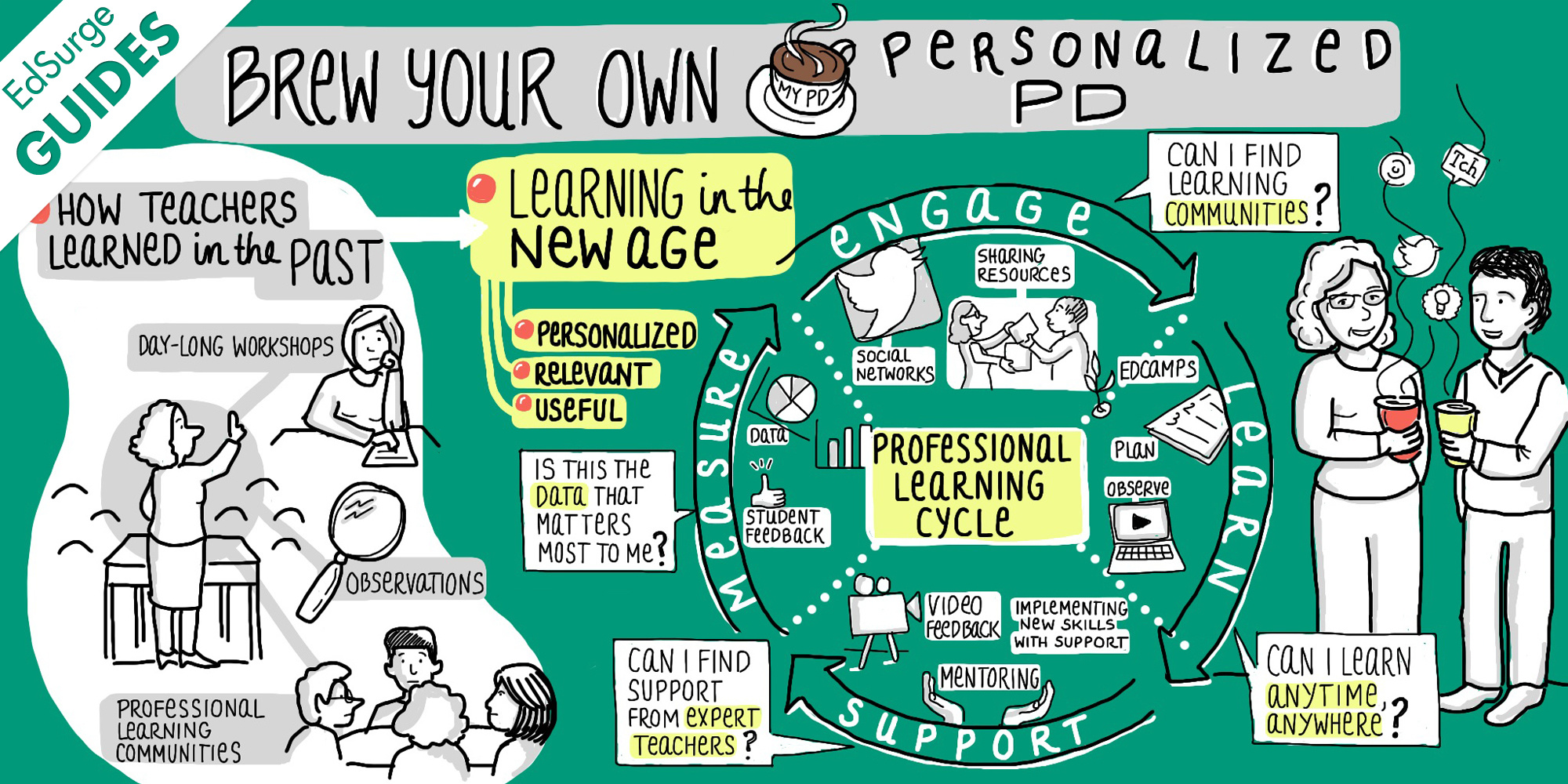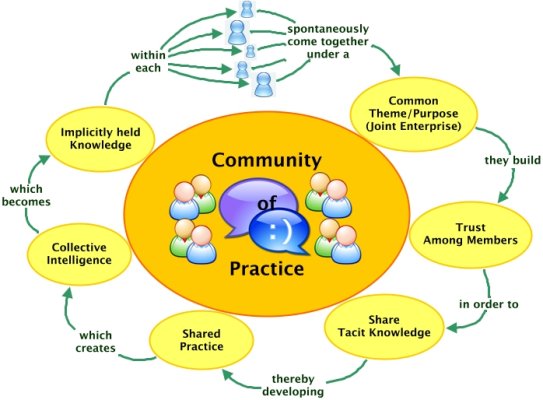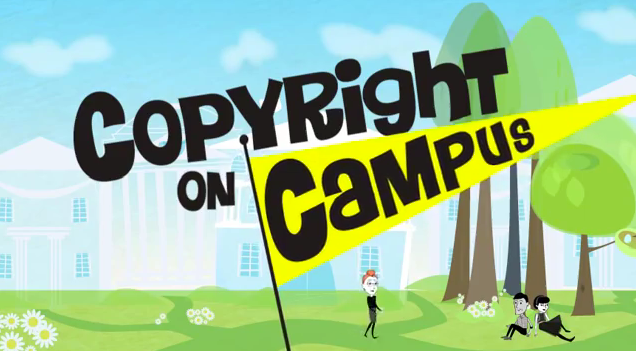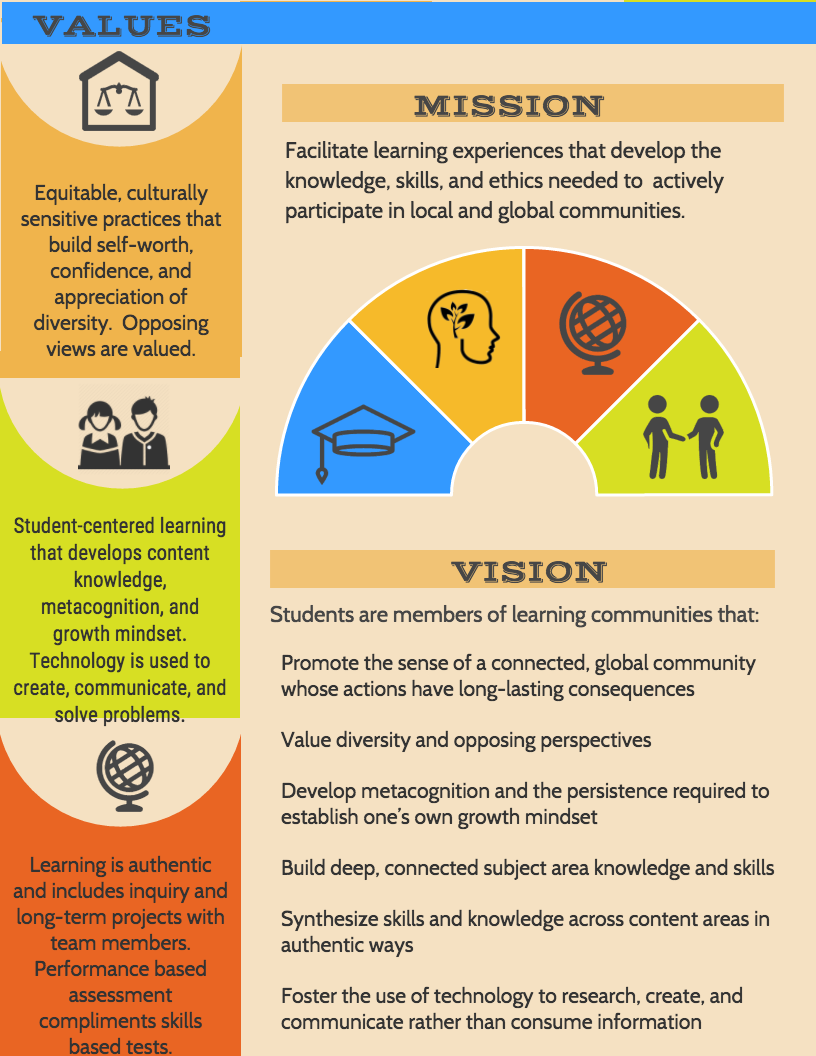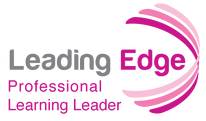 In November 2016, I completed the Leading Edge Professional Learning Leader certification course. The certification requirements offered job-embedded opportunities to level-up my professional development design and facilitation skills.
In November 2016, I completed the Leading Edge Professional Learning Leader certification course. The certification requirements offered job-embedded opportunities to level-up my professional development design and facilitation skills.
I enrolled in this course the day after I accepted a position outside of public education, a corporate role with a math software company to provide full support for implementations in districts and schools across the western half of the US and Canada. The merger of my prior and emerging roles required a bit of a shift in thinking, making this course a "just in time" learning opportunity.
The Professional Learning Leader Certification course embeds coursework within current and relevant job-related tasks. I engaged in thought-provoking tasks that helped me move forward in my own work every day. Each module challenged me to consider key components of planning, developing, and delivering professional learning sessions then apply research-based theories to update my practice.
Each module focused on aspects that are key to the success of a professional learning experience.
Professional Learning
This module challenged me to apply adult learning theories to all components of a PL session. I created a PowToon animation to provide attendees with an overview of the session and a document with additional information. Next I applied my knowledge of the ISTE standards, the Technology Integration Matrix, and the SAMR model to create a standards-based session outline for the session facilitator. I extended the application of the ISTE standards to participant's deliverable and created an interactive graphic to support understanding of targets.
Models
Too often, setting up accounts and accessing online materials takes up too much time at the at the beginning of PL sessions that incorporate technology. I believe that F2F time is precious and that we should spend the whole time digging into the content of the session and that flipped models are the best way to maximize time spent together in person. Providing attendees with a few tasks to complete before a session with clear directions and support resources can add up to an hour of work time to a training session. In this module, I honed my skills with a flipped PL session model.
.png?timestamp=1479705725911)
Developing Community
Communities of Practice have been a focus of mine for the last few years. Over the years, I've collaborated in Data Teams, Professional Learning Communities, and Professional Learning Networks. In this module, I was able to consolidate models into one that encompasses the work of an educator with the feeling of community. Communities of practice are just what they sound like, a group of like-minded people sharing ideas and learning from each other about work they are doing. They can be virtual, physical, or a blend of both. I think that brining folks together in a synchronous collaboration is the strongest and that collegiality can be developed quite well in a virtual environment.
Digital Literacy and Citizenship
In this module, digital citizenship is applied to adults and is not analogous to the digital citizenship topics we teach to K-12 students. We focused on gaining competence in open digital resources and gaining a deep understanding of fair use and copyright for educators and students. This was a well-needed refresher for me as knowledge of copyright and fair use laws are necessary for all educators to understand. I discovered new resources to share with colleagues and students and also learned that many colleges and K-12 systems use common resources to make faculty aware of the laws.
Vision
The work that I value the most in this course is the clarification of my professional mission, vision, goals, and values. It's easy to get caught up in daily work and challenging to find the time to reflect on our own purpose for the work we do. I was able to reconnect with my motivations for becoming a teacher and reflected on the path that's brought me to the work I'm currently undertaking 17 years later. This provided focus and clarity to my work and I developed materials that I can use to communicate my intent and values with stakeholders.
Environments
We encounter quite a few different formal learning environments in K-12 education. On of the most promising to me is the virtual learning environment. The internet and affordable devices bring teachers and learners together no matter the physical distance between them. Millions of students in K-12, college, and informal settings (like Coursera MOOCs), are currently enrolled in online learning environments and the numbers are expected to grow in coming years. Online learning, when done well, provides personalized and rigorous learning experiences to students of all ages.

